Masterpieces That Redefined Art: 12 Works That Altered History
Art is something that goes beyond aesthetics and technique and can influence and even change the world. The artists we have compiled challenged the status quo and created something innovative and completely different.
Here are those artists and their artworks that changed the world!
1. Guernica - Pablo Picasso

Picasso's Guernica of 1937 is a work of political protest in the cubist style. Describing the attack carried out by Adolf Hitler's armed forces and sanctioned by the Franco government, the painting is known as almost the most important painting of rebellion in history. Reflecting the world changed for evil and an irrevocable innocence, the painting is capable of changing humanity.
2. Mona Lisa - Leonardo Di Vinci
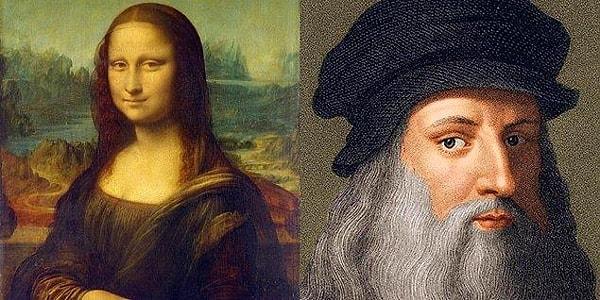
Leonardo da Vinci's 1503 masterpiece is famous because it challenged the portraits created and changed the composition within art. Currently, the 'Mona Lisa' is the most visited and recognized work of art in the world.
3. Campbell's Soup Cans - Andy Warhol

Andy Warhol, the pioneer of pop art, introduced us to the idea of art that could be created with ordinary objects with his 1962 work. The canvas depicting the 32 types of soup cans released by Campbell's Soup Canned Foods brought Andy Warhol enormous fame.
4. The Starry Night - Van Gogh
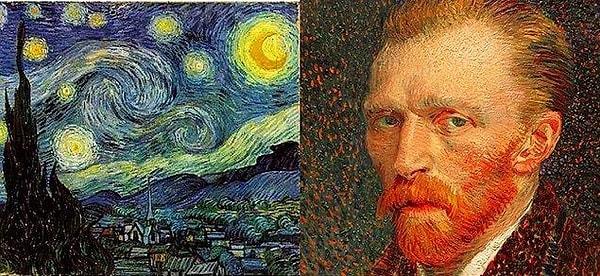
Vincent Van Gogh, one of the post-impressionist pioneers, painted Starry Night in 1989 in a mental hospital where he had been hospitalized for a while. Van Gogh doesn't just paint what he sees, he paints the emotions that what he sees makes him feel. Although there was no village or church tower in the view he saw from the window of his hospital room, he imagined it himself and reflected it in this painting.
5. The Snail - Henri Matisse

In the last six years of his life, Henri Matisse developed a technique in which he created compositions with pieces cut from colored gouache-painted paper. His works, which moved away from paints and purified form and perception, gave a great direction to modern art. This 1953 work is one of the works that influenced the expressionism movement.
6. Water Lilies - Claude Monet

Claude Monet, called the magician of light and shadow, is one of the people who changed the perception of art with his depiction of the use of variable light and paint. He came to the forefront with his clear capture and reflection of nature, time and movement. His 1906 painting Water Lilies is one of the best examples of this.
7. The Persistence of Memory - Salvador Dali
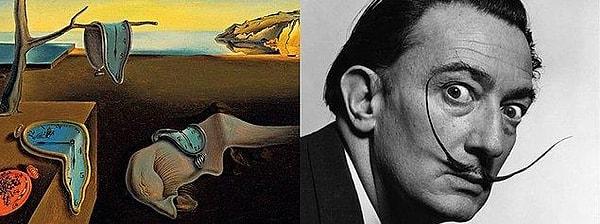
The Persistence of Memory is one of Salvador Dali's best-known works. Dali's 1931 work, created with his extraordinary and complex imagination, is one of the best known examples of surrealism. Each clock depicted in the painting shows a different time. The reason for this is that linear and smoothly progressing time is not important in Dali's world. The melting clocks depicted are essentially the meaninglessness of time.
8. Birth of Venus - Sandro Botticelli
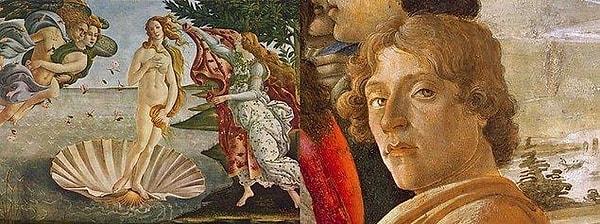
Venus is the Roman mythological equivalent of Aphrodite, the goddess of beauty and love in Greek mythology. According to Greek mythology, Cronus castrated his father Uranus and threw his genitals into the sea. As a result, the sea is fertilized, Venus is born and rises on a sea shell. Botticelli painted this work, between 1482-1486, with unrealistic postures and forms without compromising his own style.
9. The Scream - Edvard Munch
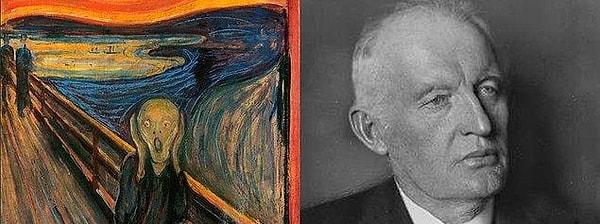
The 1893 work is Edward Munch's most famous work. Although it is thought that the work was named after the figure screaming, it was named after a mysterious scream coming from the world. According to Munch's diary; While walking with two friends on the road, the sun was setting in blood red color. As his friends continued to walk on the road, Munch shivered on the spot and felt the extraordinary scream coming from within nature.
10. The Last Supper - Leonardo da Vinci
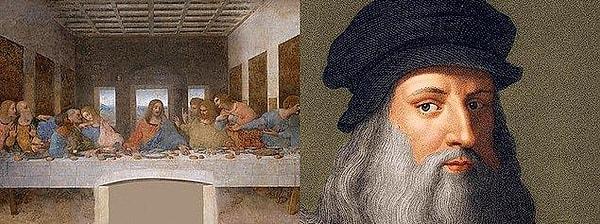
Leonardo Da Vinci created this depiction of Jesus' last supper with his disciples before his crucifixion using a unique technique of tempera paint on stone. The original is on the wall of the Monastery of Santa Maria Delle Grazie in the city of Milan, although it has been painted over and over again by many artists.
11. The Creation of Adam - Michelangelo
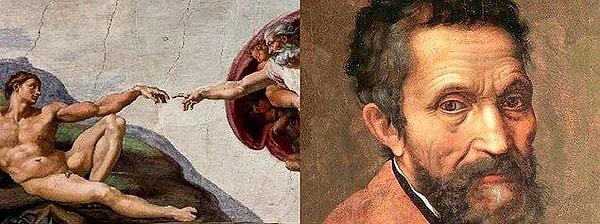
This work on the ceiling of the Sistina Chapel in the Vatican is one of Michelangelo's most important works. Painted between 1508 and 1512, it depicts the creation of the first man (Adam), with angelic figures surrounding God in a burgundy cloak and God giving life to Adam with his fingertip.
12. The Berlin Wall
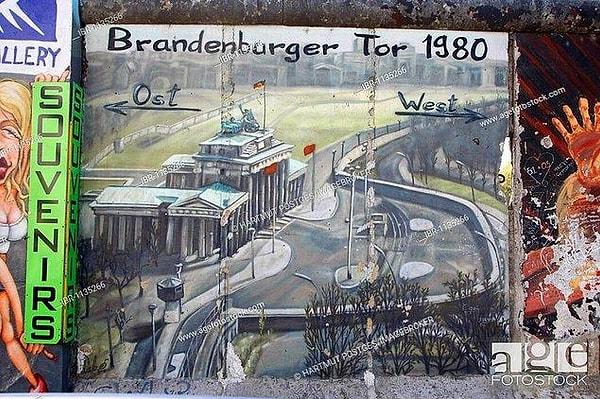
The Berlin Wall, also known as the symbol of the Cold War, was a challenge and a rebellion by artists, with powerful paintings that changed the world. Since its fall in 1990, the artists who adorned the wall have transformed its meaning into a struggle, a restriction, a transition from boredom to freedom and a form of self-expression.
Keşfet ile ziyaret ettiğin tüm kategorileri tek akışta gör!


Send Comment